Carbon monoxide is a fun little chemical. I think we’ve all been given the primer by our local fire departments when we were kids, or at the very least were taught that smoke is the main killer in a house fire. Stay low and GTFO. I like that. New motto, kids!
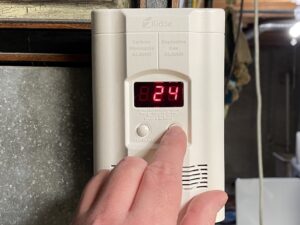
And as a basement-dweller with a 40-year old furnace, I was forward-thinking enough to install a CO detector. However, it turns out that symptoms can appear before air concentrations reach the alarm point. In my case, 24ppm (alarms are calibrated to sound at 30ppm). So the kid and I had a fun evening of nausea, fatigue, and headaches; but no alarm clued us in to the problem.
The mystery was solved with a visit from our preferred HVAC technicians, because at this time the furnace wasn’t running consistently and the fan wouldn’t shut off. The diagnosis was that the heat exchanger-that steel compartment that separates combustion gases from the breathable air-was cracked. Ergo, exhaust was leaking into living space, which triggered a failsafe that kept shutting off the gas and overriding the thermostat to continually circulate air to avoid toxic gas buildup. Win for ancient furnace engineering, I guess. I mean, I didn’t chemically asphyxiate. Huzzah!
So we needed a new furnace. But why stop there? The A/C was just as old, and a major energy sink. What we needed was a massive technological improvement!…within budget. The answer, of course, as with most things in life, was a spreadsheet.
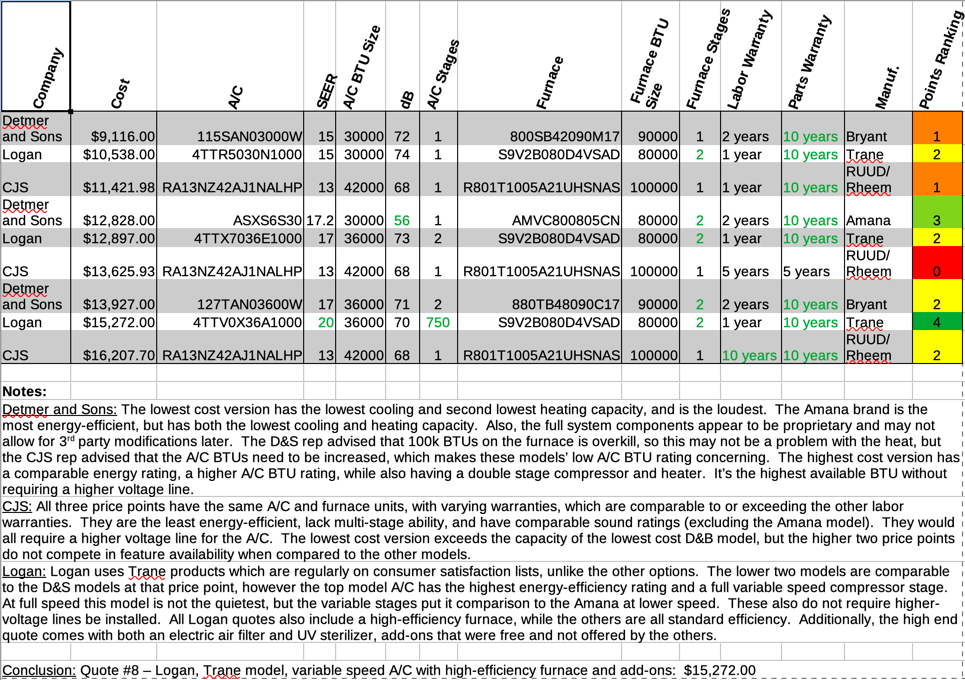
Three companies may not have been the largest sample size, but it gave me a pretty good idea of what was out there. Here are my conclusions:
- Every company will offer you a system based on your usage of the property. Similar to how my own home’s former owner ripped everything of slight value from it before listing, so too do HVAC companies offer the most basic, inefficient, and cheap of systems which are shamelessly labeled as “for rental properties” or “if you need to install a new system to sell the house”. Because, fuck the next guy or the broke-ass renter. These base models aren’t offered by the sales folks once they know you’re not selling or renting, which, in their defense, the homeowner wouldn’t likely purchase for himself anyway.
- The quality of the components is not a linear price function. Every step up in price nets something much better. There’s a formula here somewhere. It certainly makes getting the high-end equipment easy to justify.
- Some of the companies will put more emphasis on the equipment, and others more on the guarantees and warranties. This is why I looked up all the model numbers after I got quotes. The manufacturers all include a standard 10 year warranty anyway, so the additional peace of mind comes from the installer’s warranty. And like getting an extended warranty on anything, this locks you in with the 2nd party and costs a lot, for a problem that probably won’t happen and could be fixed for less by someone else.
So what did I get? Why, the best equipment for the best price from the most reputable company for the standard manufacturer and installer warranties! I now have a variable speed A/C with a dual-stage furnace, with a 97% efficiency rating.
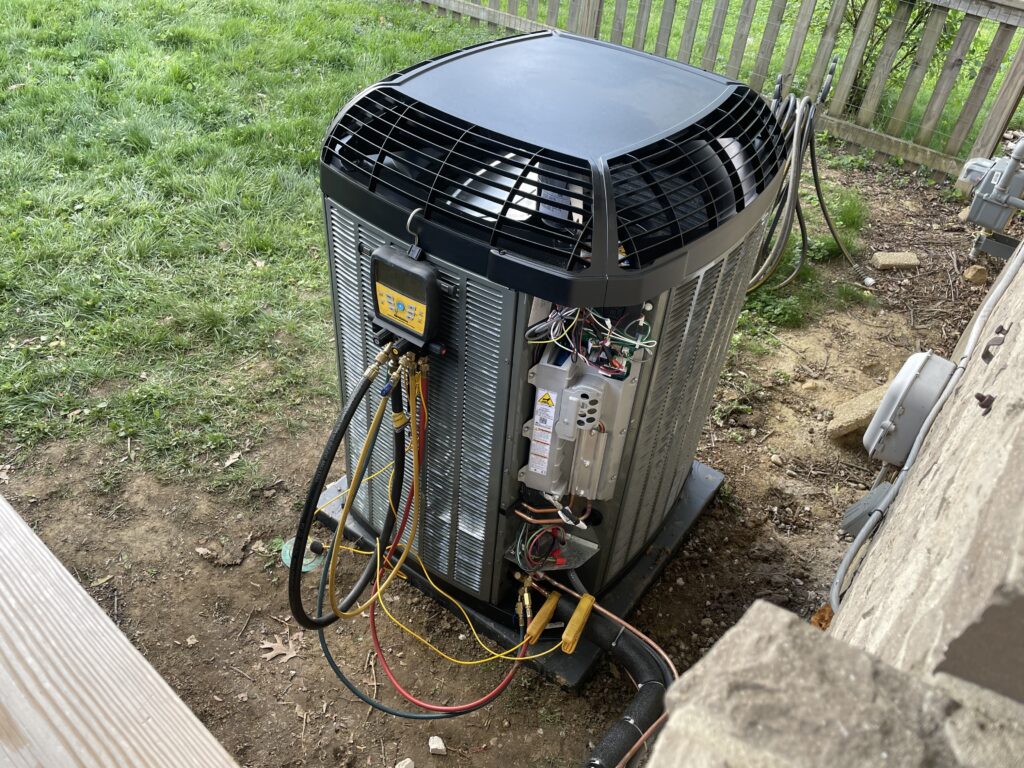
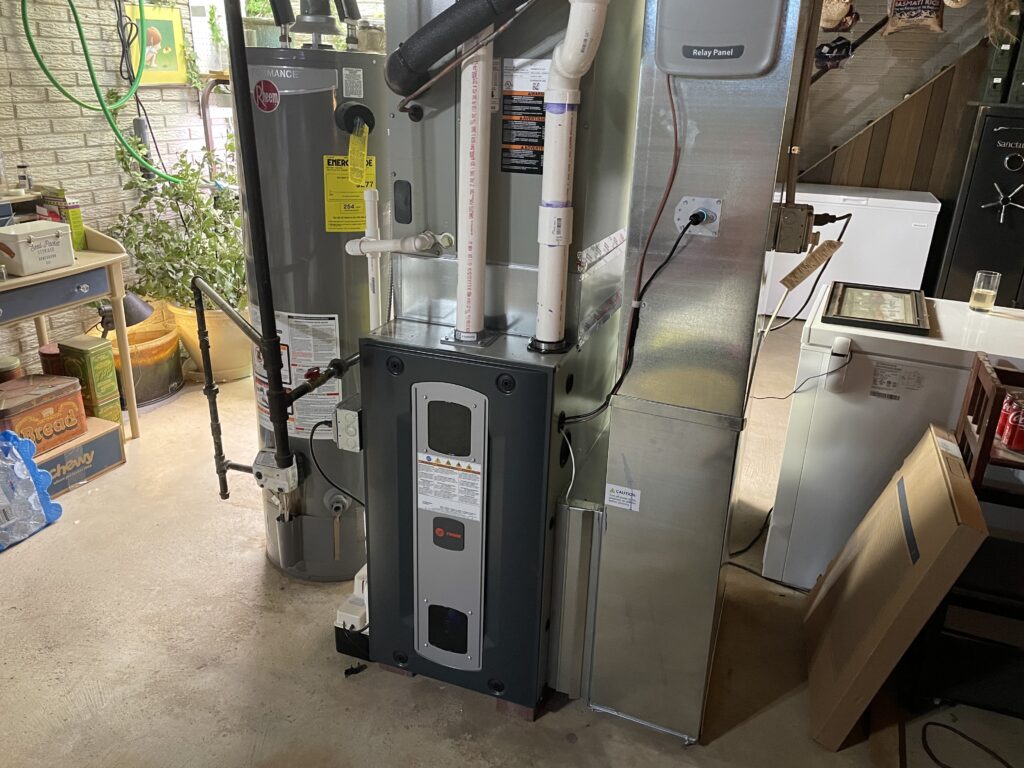
Granted it cost a few thousand more than a base model, and it’s uncertain how long it’ll take to recover that with reduced energy costs, but I sure am glad I did the research and avoided getting taken for an inflated price on inferior equipment with an unnecessary warranty.
Also, they threw in a UV sanitizer and electrostatic air purifier!
And while I won’t likely hook up my thermostat to the internet, or use its scheduling function anytime soon since we work from home, it’s pretty cool to have preset modes of temp ranges.
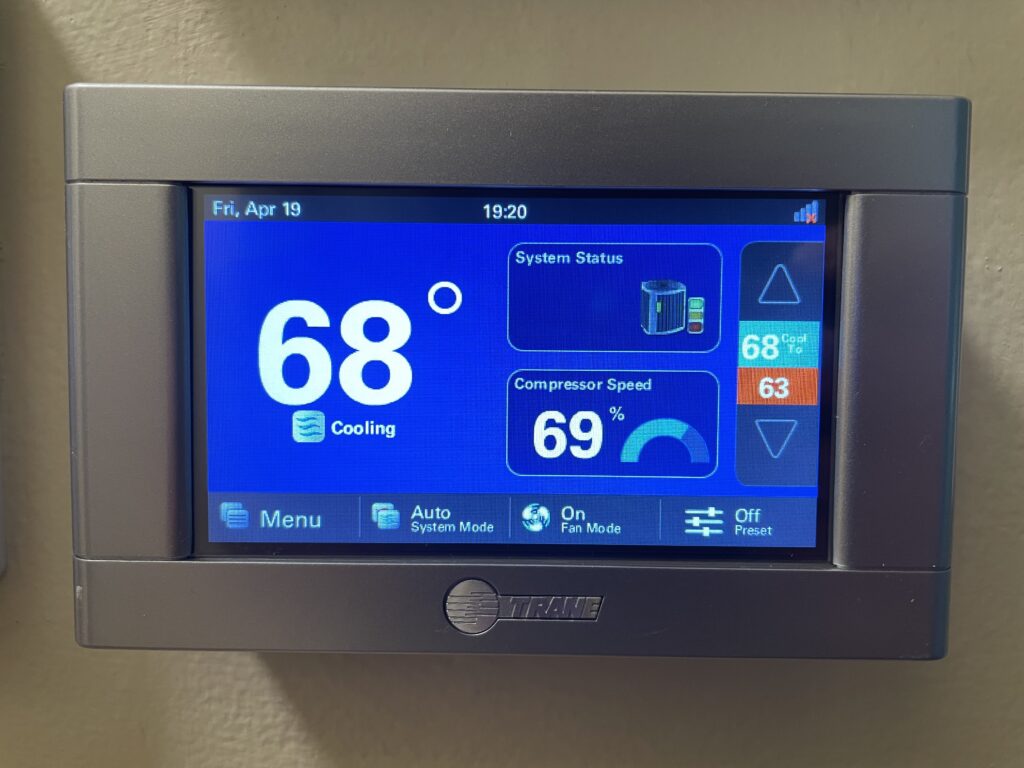
And no more CO poisoning, hopefully.
The future!
–Simon
